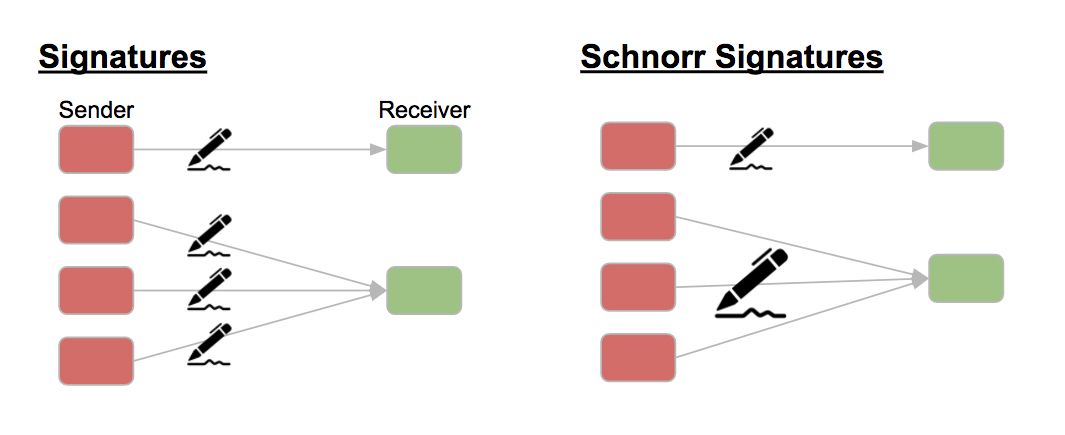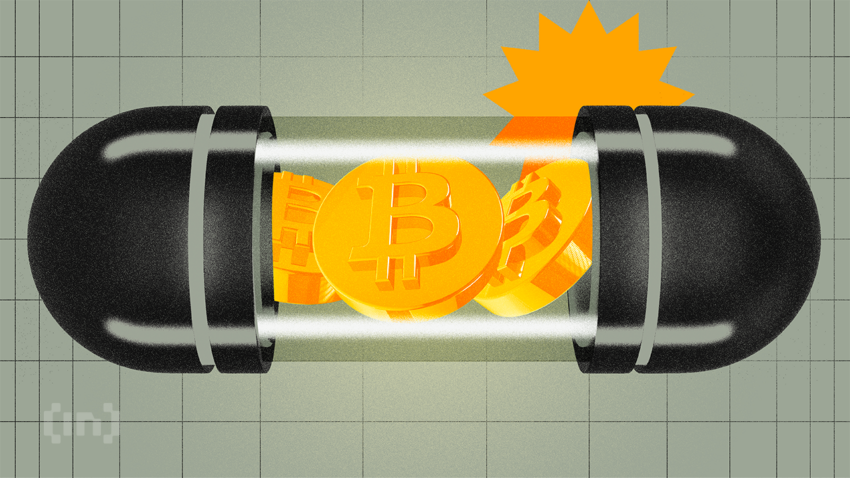Many users struggle with the lack of privacy options in Bitcoin transactions. They want the network to move faster and keep their information more secure. Unfortunately, the original Bitcoin network was meant to be a trustless, public ledger, and privacy didn’t factor in too highly. That said, traders are still interested in upgrading Bitcoin’s privacy features. Enter Taproot — the latest upgrade coming to Bitcoin’s blockchain network.
What does Taproot mean?
In general terms, a Taproot is the deepest, strongest part of a plant. It grows down way into the ground, branching out and expanding every which way, making it very difficult to remove. In terms of crypto, Taproot is an upcoming Bitcoin upgrade that aims to change the entire philosophy and technology behind the cryptocurrency. In a way, it’s planting down roots and holding down the Bitcoin network, while also expanding it and bringing with it new features in terms of security, scalability, and more.
What is Taproot for Bitcoin?
In terms of Bitcoin, Taproot is what’s considered a soft fork. This essentially means it’s a backward-compatible upgrade. It can include new transaction types, security features, and many other types of upgrades.
What separates a soft fork from a hard fork is that only a network majority must agree to upgrade for it to come into effect. With a hard fork, the entire network must agree, making previous blocks entirely invalid.
Now that this has been established, understand that Bitcoin is not a private network. Transactions made on the Bitcoin blockchain can be viewed by basically anyone, considering it is a public ledger. Some crypto enthusiasts are not a fan of this, considering a big blockchain mantra is anonymity. While there are ways around this, these methods are generally a pain and not very mainstream friendly at all. Examples are coin mixing and using Tor, among others. Many believe there should be a more integrated solution. This is what Taproot is for.
Put simply, the upgrade has three parts: Tapscript, Schnorr signatures, and Taproot itself. The Bitcoin Improvement Proposals (BIP), namely BIP 340, 341, and 342, introduce each of these parts.
Let’s get into each improvement and how it could benefit the Bitcoin blockchain.
Schnorr signatures

As made clear via the name, Schnorr signatures allow multiple keys to fall into one transaction, and one signature to validate them. So, if multiple parties participate in a transaction, the Schnorr signature hides their involvement and appears as one transaction. On top of this, in terms of byte size, Schnorr signatures are smaller than traditional Bitcoin signatures and keys, meaning users save on transaction fees and can fit more into a block. Smaller signatures, faster block validations, and more transactions per second overall.
Tapscript
Tapscript is a new form of script included in BIP 342, with Bitcoin integration on the horizon. It enables a unique type of payment called Pay-to-Taproot (P2TR), which means users can choose to transact via a Schnorr public key or various other ways integrated within the network. It provides user choice, meaning some transactions can be anonymous while others can stay public, depending on the use case. Tapscript validates these newer forms of transaction validity
Taproot
Taproot is a part of BIP 341, which holds the scripts required to properly integrate Tapscript and other signature/key changes. It can also more generally refer to all three script upgrades.
Hopefully, those details helped answer the question “What is the Bitcoin Taproot Upgrade” question. Now that you’re aware of the changes, let’s clearly break down how it’ll benefit Bitcoin.
How Taproot benefits Bitcoin

As previously mentioned, the upgrade will benefit Bitcoin in the following ways:
- Increased transaction privacy
- Lower transaction fees
- Faster transaction speeds
- Better security
Most of the prominent Bitcoin developers back this network upgrade. That said, implementation isn’t easy. For Taproot to come into effect, the network needs at least 90% of all nodes to agree on the matter. Fortunately for the upgrade, this consensus came to be in June 2021.
When will Taproot go live?
Taproot is set to go live on the Bitcoin network in November of this year. The project came to be in 2018 when one Gregory Maxwell, Bitcoin Core developer, presented his idea in an online document. Interestingly, security experts like Edward Snowden were not fans of the Taproot idea, though most Bitcoin developers are.
The last time Bitcoin experienced an update this big was its Segregated Witness (SegWit) upgrade in 2017. This upgrade was good for the network, as it reduced transaction sizes so more information could fit into blocks. Of course, this upgrade had its fair share of negative press, as does most any upgrade on any blockchain network.
Revolutionizing Bitcoin transactions
Taproot appears to be Bitcoin’s latest big expansion. Most of the community is looking forward to this long-awaited update. Assuming everything goes right with the network — and there’s always a chance it won’t — then we should expect Taproot to launch later in 2021.
Frequently asked questions
What is Taproot?
How does the Taproot upgrade enhance Bitcoin’s functionality?
What are the benefits of Taproot?
Trusted
Disclaimer
In line with the Trust Project guidelines, the educational content on this website is offered in good faith and for general information purposes only. BeInCrypto prioritizes providing high-quality information, taking the time to research and create informative content for readers. While partners may reward the company with commissions for placements in articles, these commissions do not influence the unbiased, honest, and helpful content creation process. Any action taken by the reader based on this information is strictly at their own risk. Please note that our Terms and Conditions, Privacy Policy, and Disclaimers have been updated.




